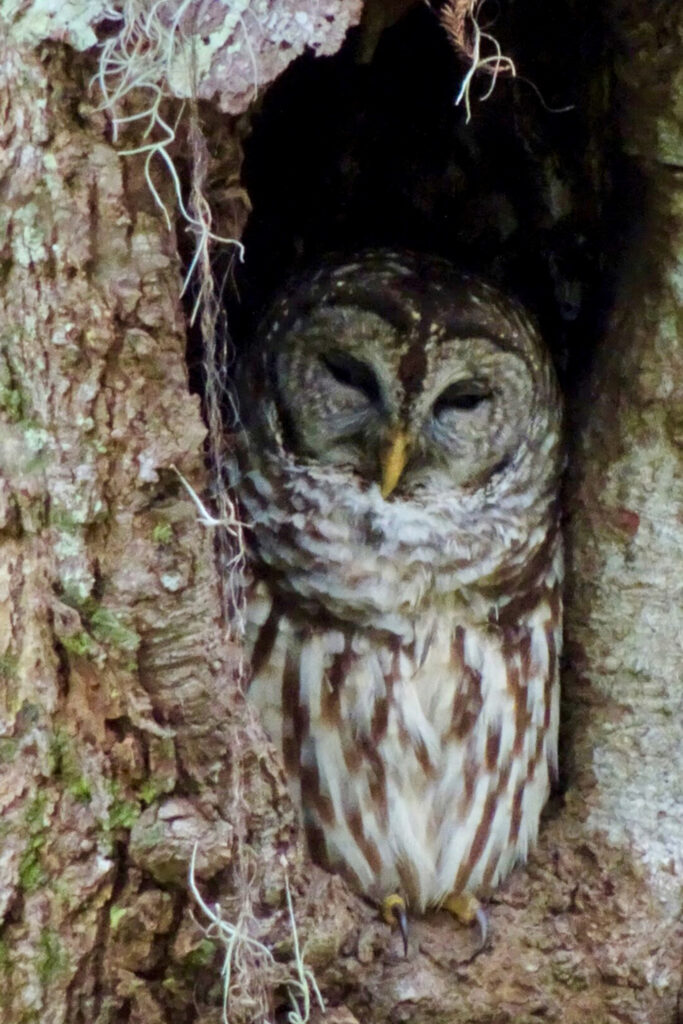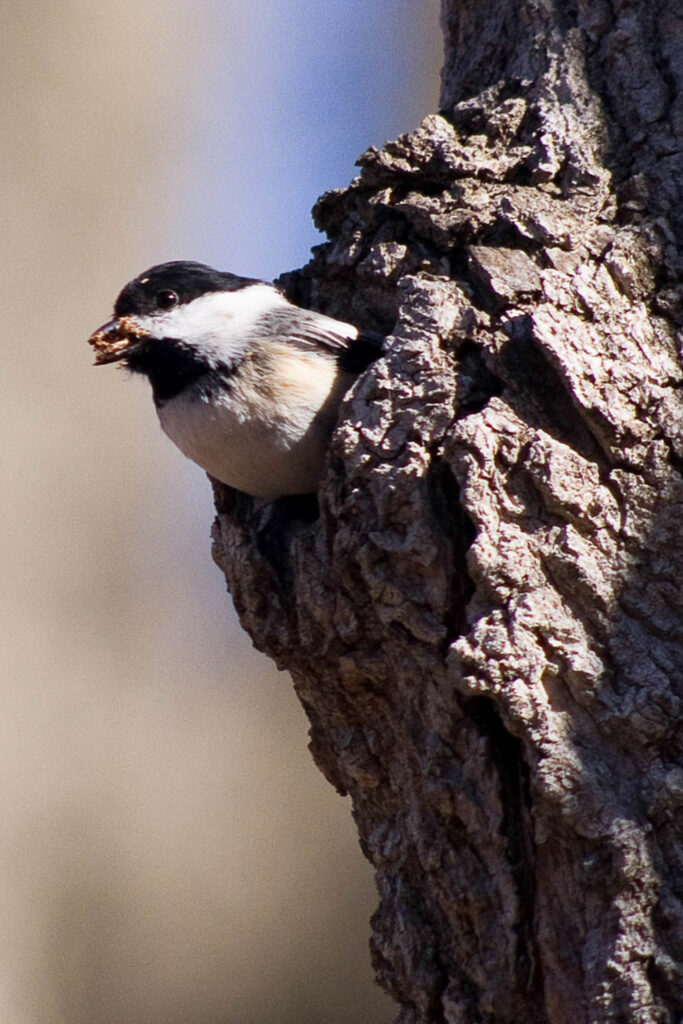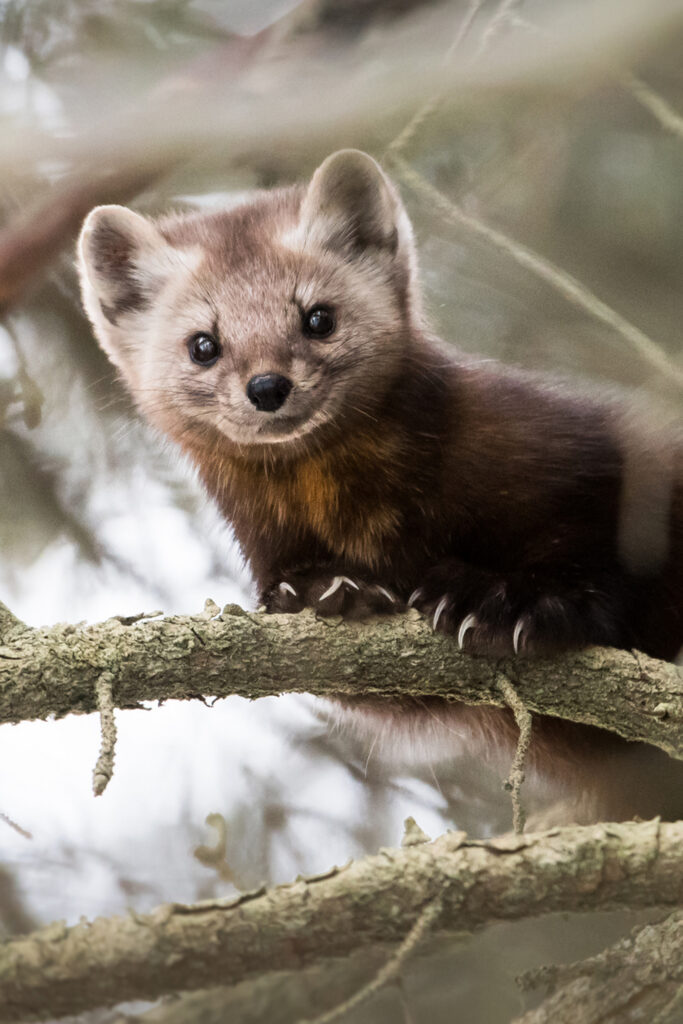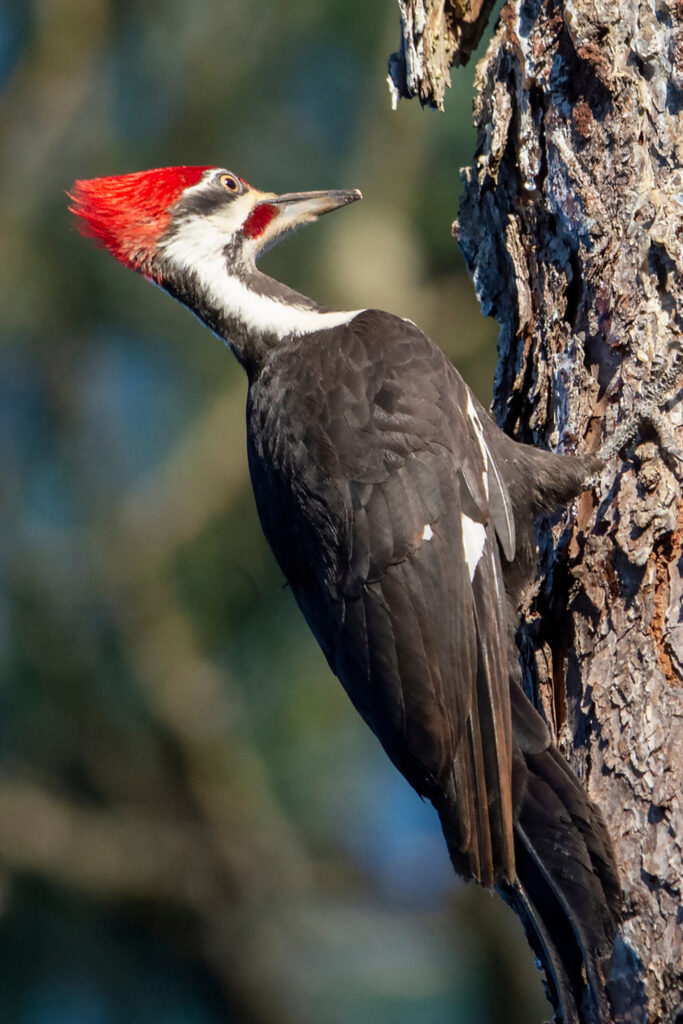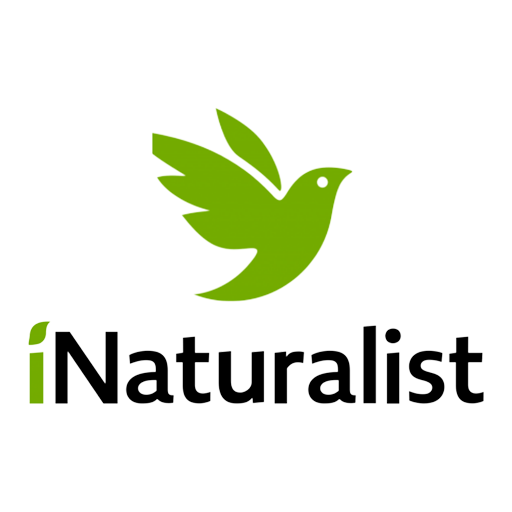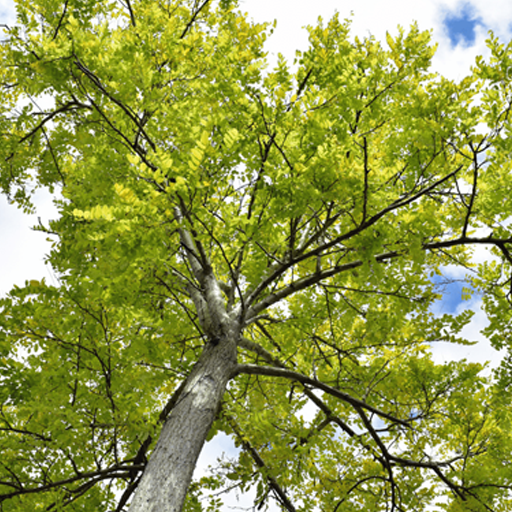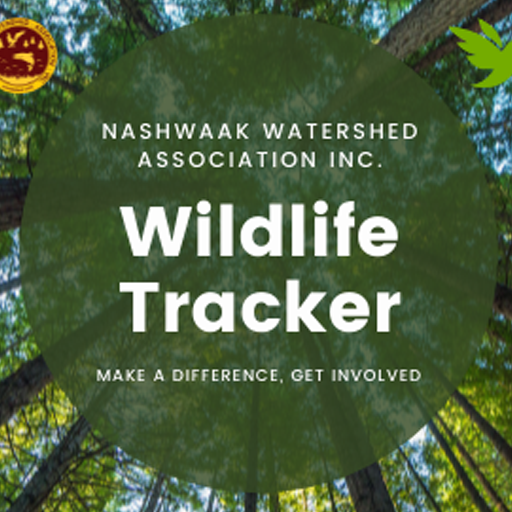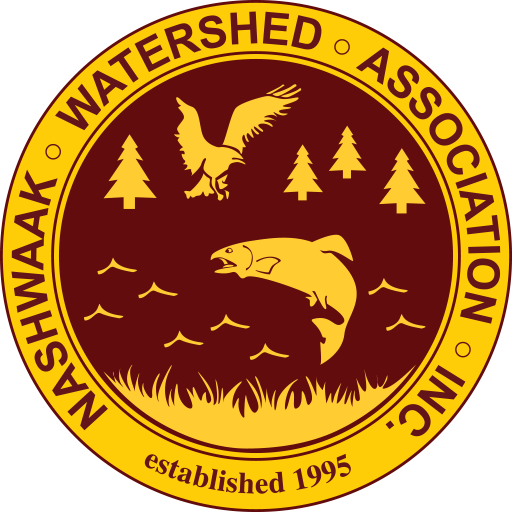Nashwaak Watershed Association
iNaturalist
GET STARTED WITH iNATURALIST
Have you ever heard of iNaturalist? iNaturalist is a simple, easy to use app for anyone that is interested in plant and animal identification. The primary goals of iNaturalist are to connect people to nature as well as to collect scientifically rigorous data on biodiversity.
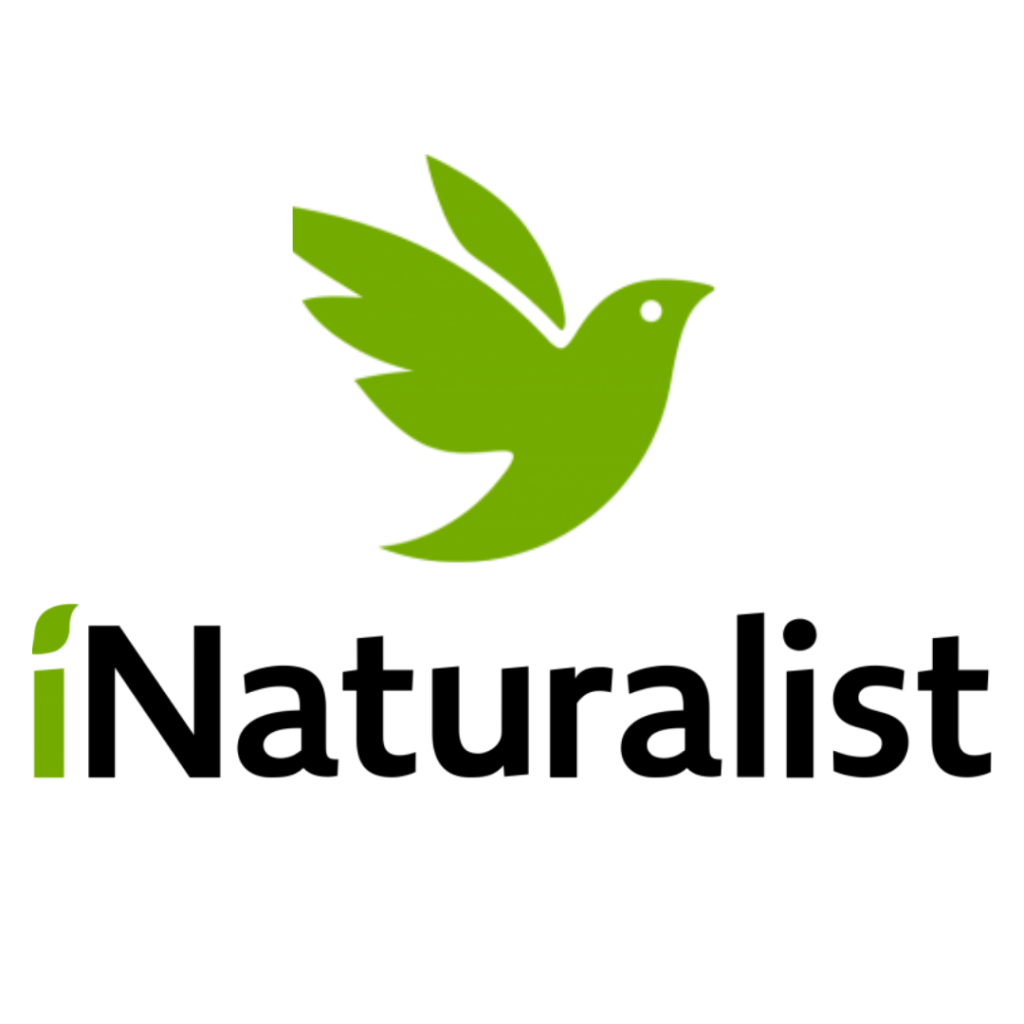
Using the app couldn’t be easier. Users simply need to take a photo of the organism in question and upload it. If you’re not sure what you’re looking at, iNaturalist will offer suggestions as to what the organism might be. Another handy tool that can be used for identification is Seek, another application created by iNaturalist. Seek is essentially a simplified version of iNaturalist that provides many of the same features but does not require an account and is more kid-friendly. Seek is also better for those who are just starting to explore nature and maybe don’t want to share their observations with others.
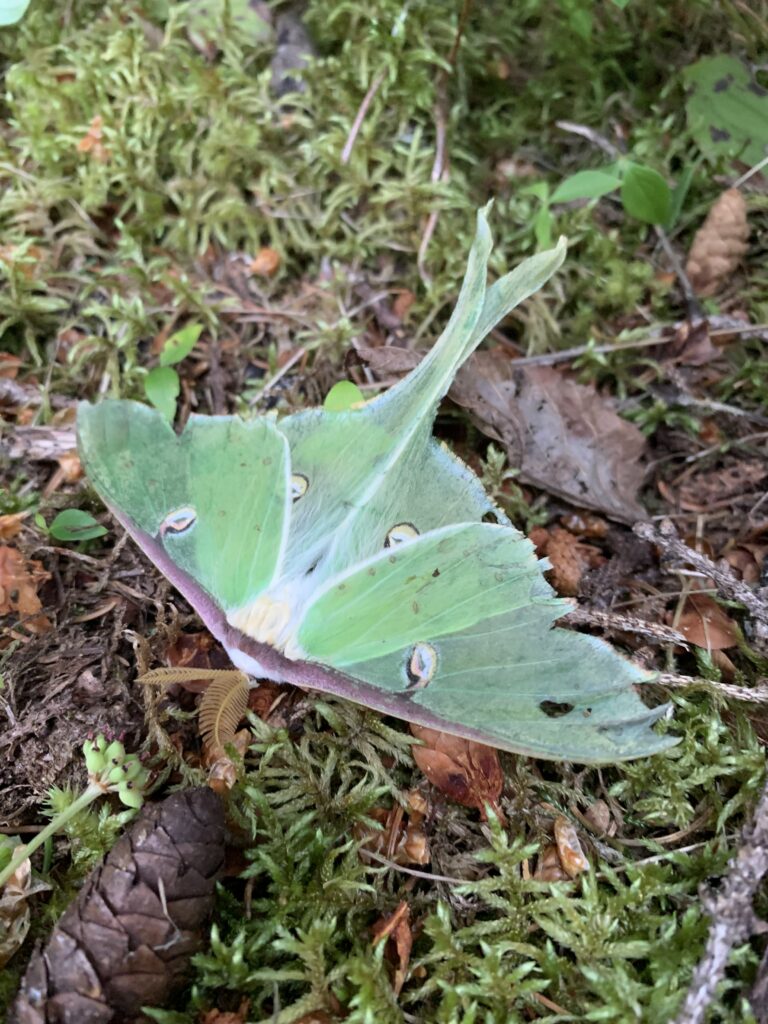
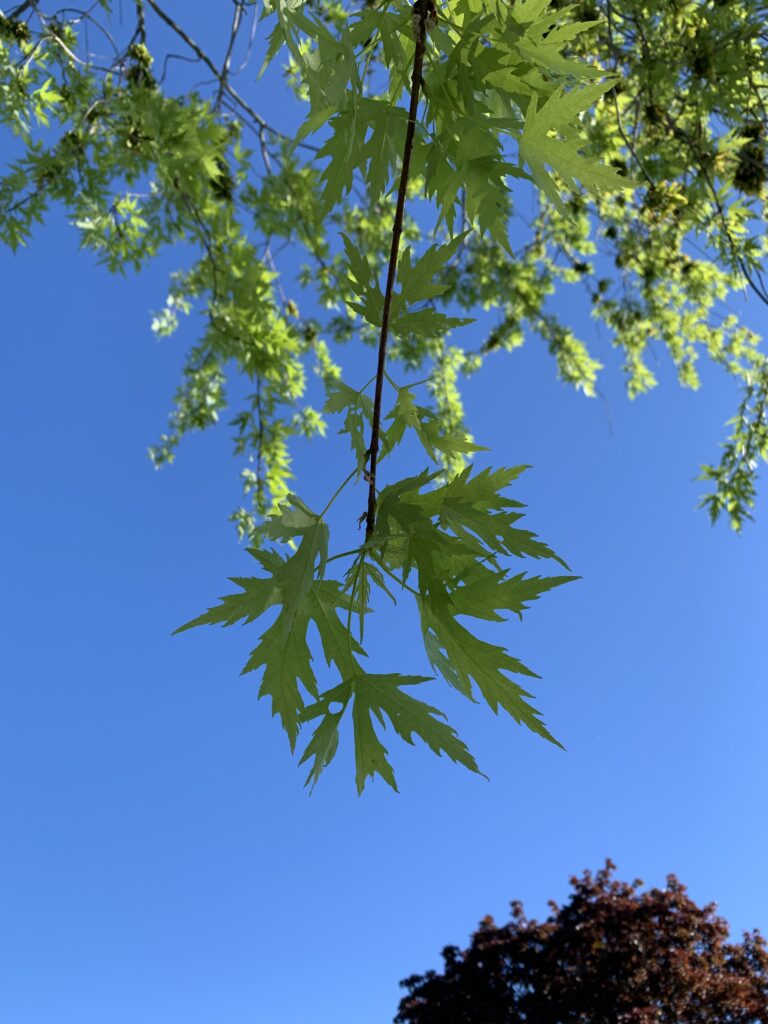
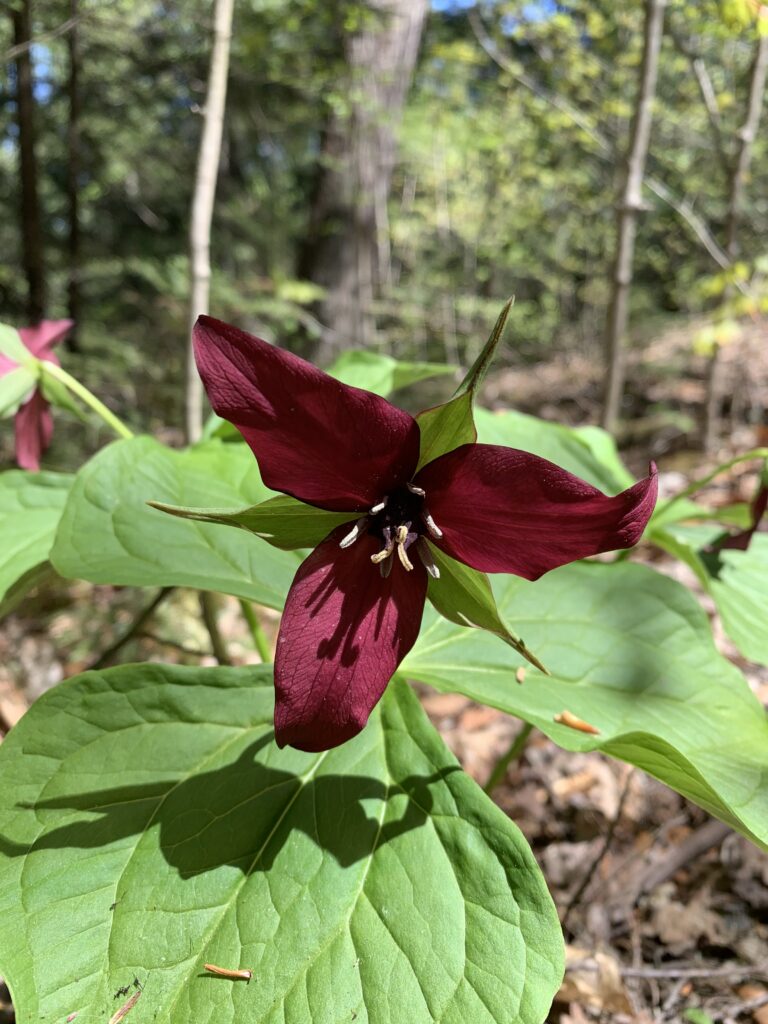
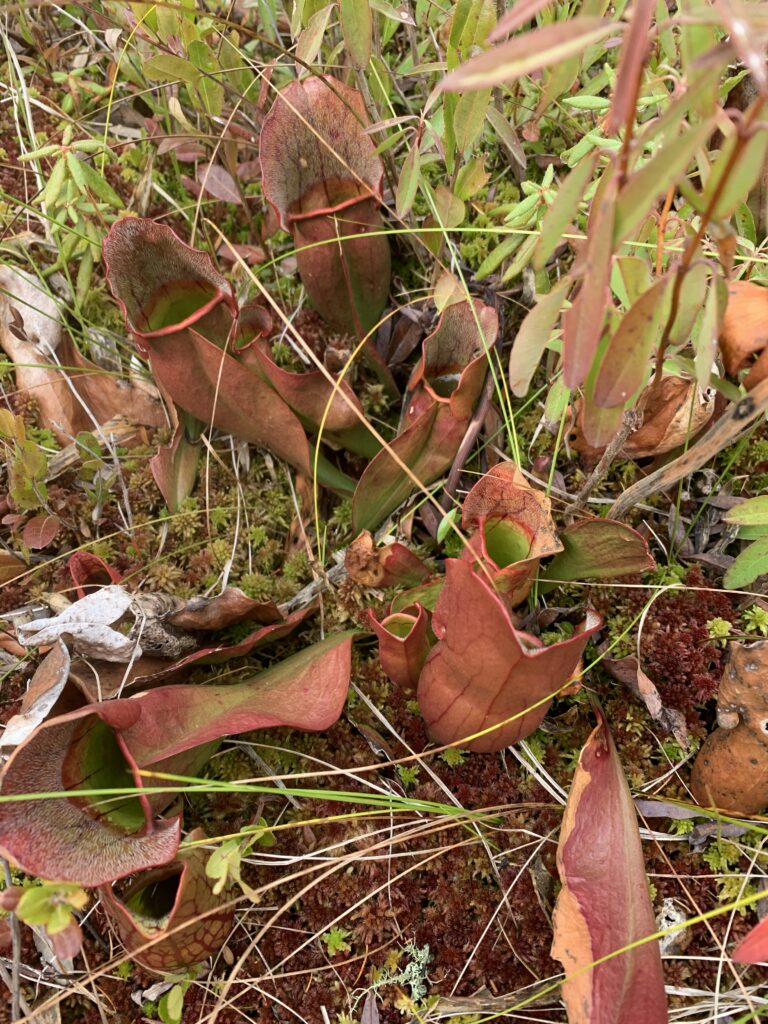
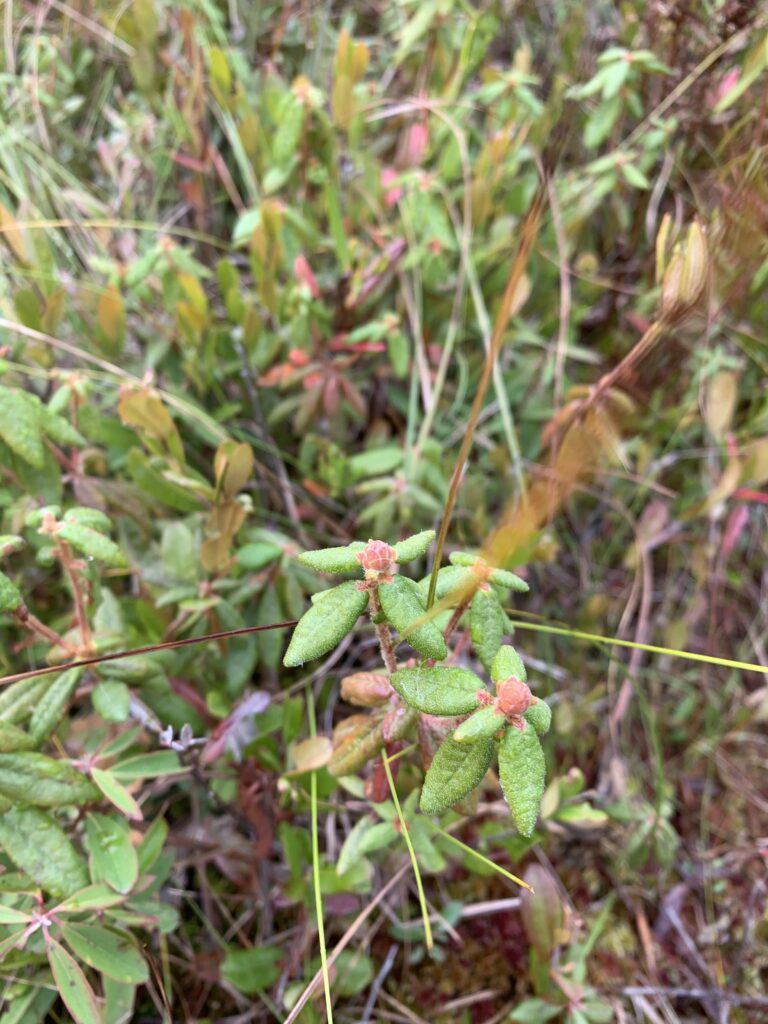
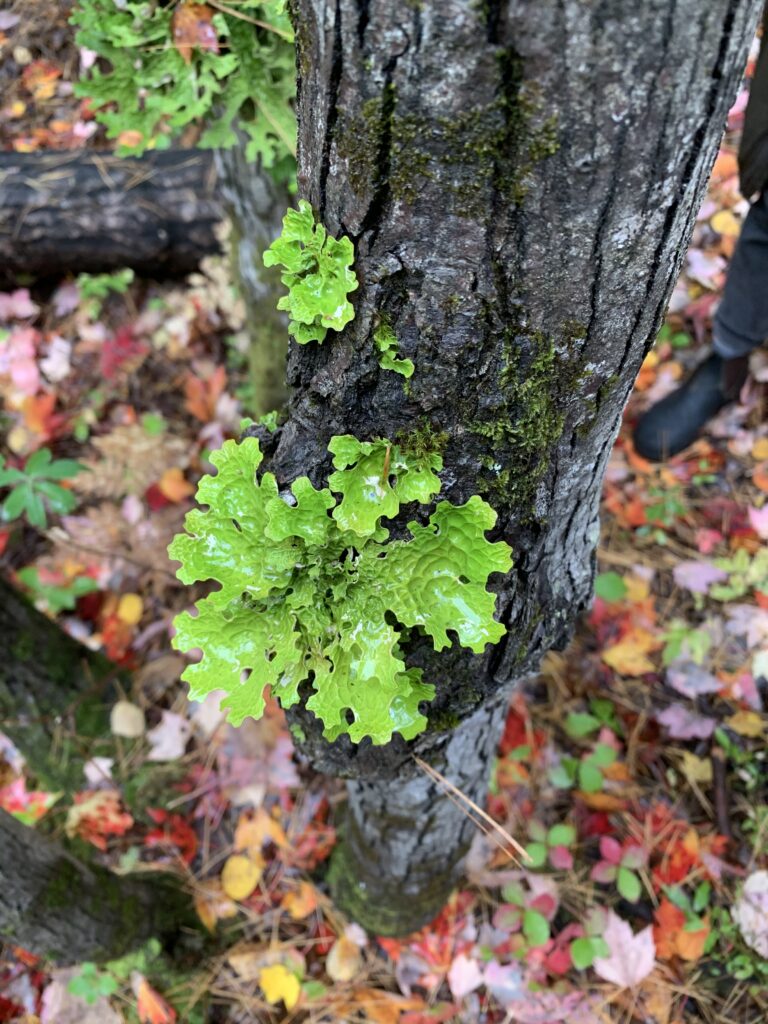
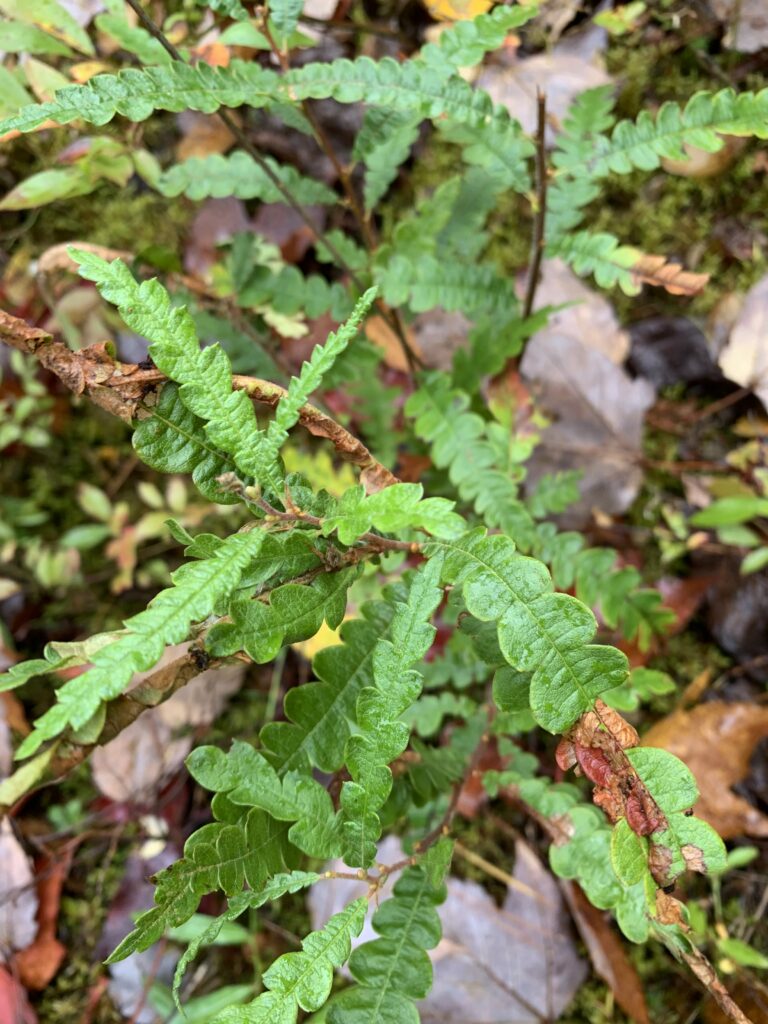
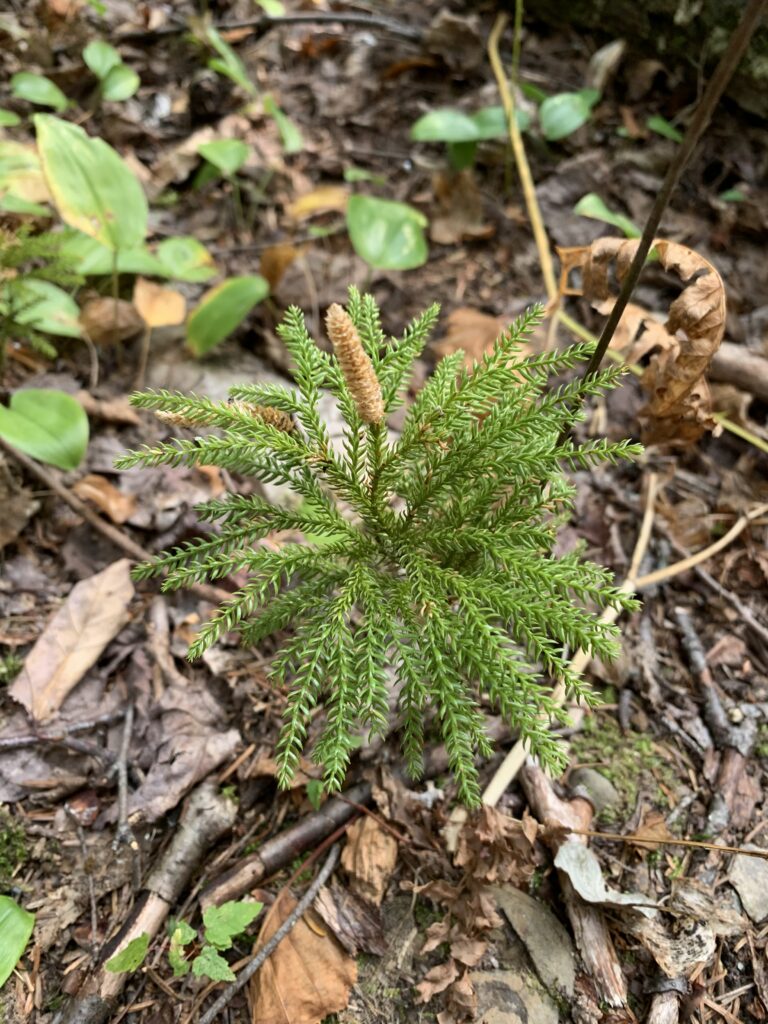
iNaturalist contains many useful features, and allows users to keep track of their floral and faunal observations, as well as connecting them to experts who can help to identify organisms and increase their knowledge about nature. Sharing observations can help scientists and resource managers to understand when and where organisms are occurring within local and regional habitats. Pictured below are several species that have been observed within the Nashwaak Watershed.
While for some iNaturalist is simply a fun way to identify plants, every single observation can contribute to biodiversity science. iNaturalist data is shared with scientific data repositories like the “Global Biodiversity Information Facility” and is used to help scientists with their studies. Additionally, users can create their own iNaturalist “projects” to collect observations on their species of interest.
NWAI Tree Resistance Program
The Nashwaak Watershed Association is currently conducting an iNaturalist project called the Tree Resistance Program. There are many trees within our local ecoregion that are susceptible to various diseases, such as White elm (Ulmus americana) – affected by Dutch elm disease, American beech (Fagus grandifolia) – affected by Beech bark disease, butternut (Juglans cinerea) – affected by the butternut canker, and white, green and black ash (Fraxinus spp.) – all affected by the Emerald ash borer.
As a part of our conservation and restoration projects, we are creating a database of disease-resistant trees within our watershed and the Fredericton region. The Tree Resistance Program will gather all of the observations of these six species and will allow us to identify trees that may be resistant to the diseases that target them. The selected disease-resistant trees will then be used as seed sources for various local nurseries.
If you would like to assist us with the Tree Resistance Program or know of any healthy trees of the above-mentioned target species within our watershed, you can participate in a couple of ways!
How to Participate
1. Log your observations of local trees in the area on the iNaturalist app. The app is free to download and very user friendly.
2. Send us your observations via any of our social media channels or email. Useful observations would include several photos, including images of the tree trunk, bark, as well as a shot of the canopy of the tree.
If you’re interested in learning more about the Tree Resistance Program, feel free to reach out! The project can be found on iNaturalist, or can be found through the app under “NWAI Tree Resistance Program.”
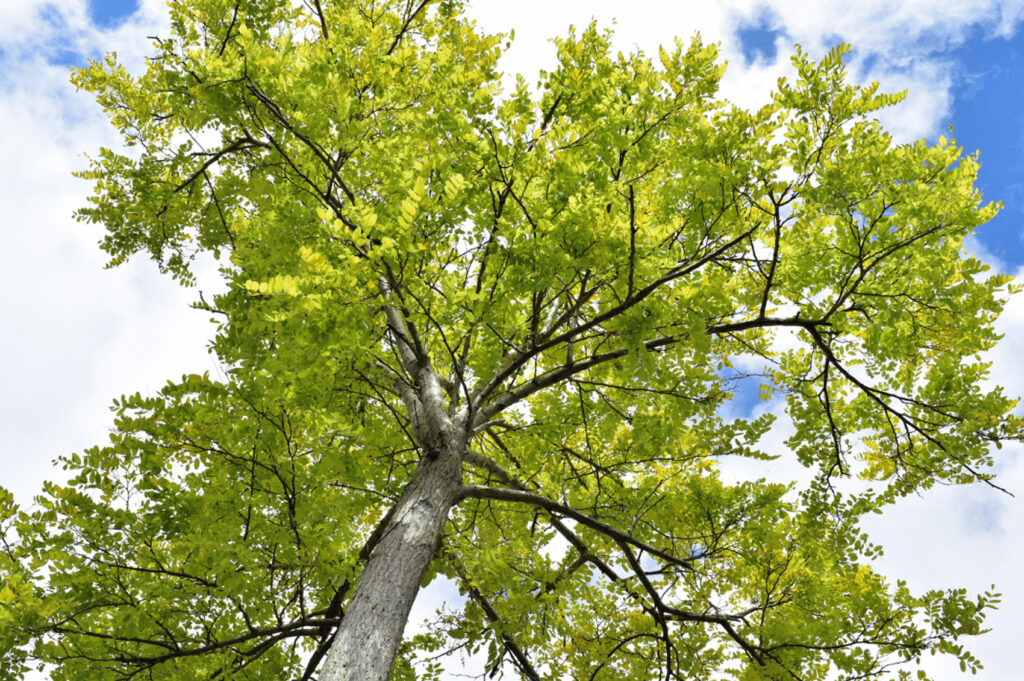
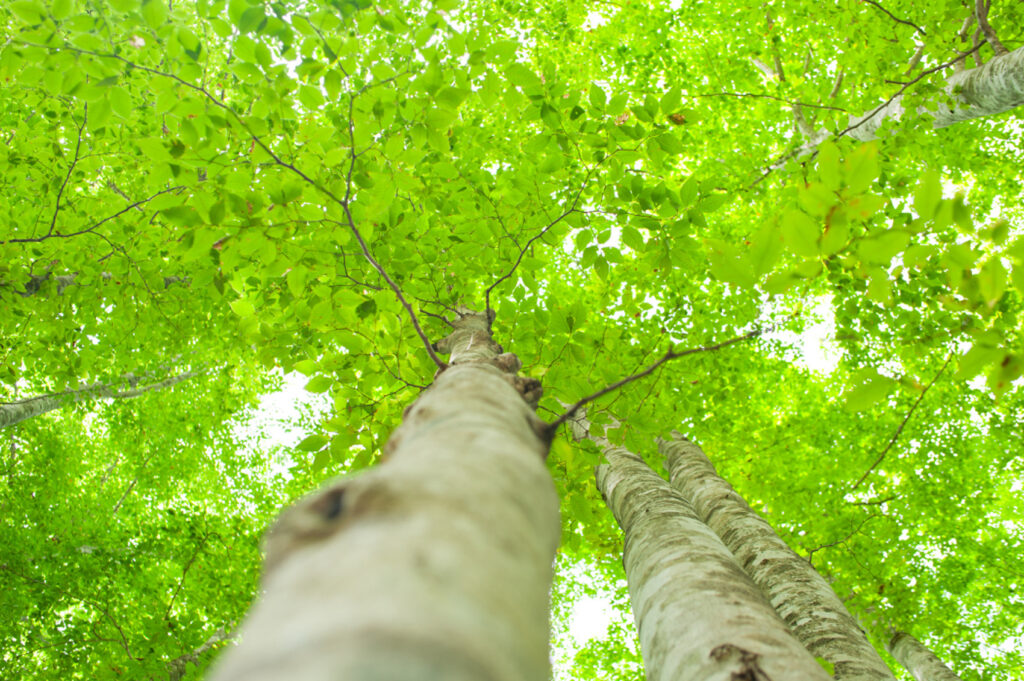
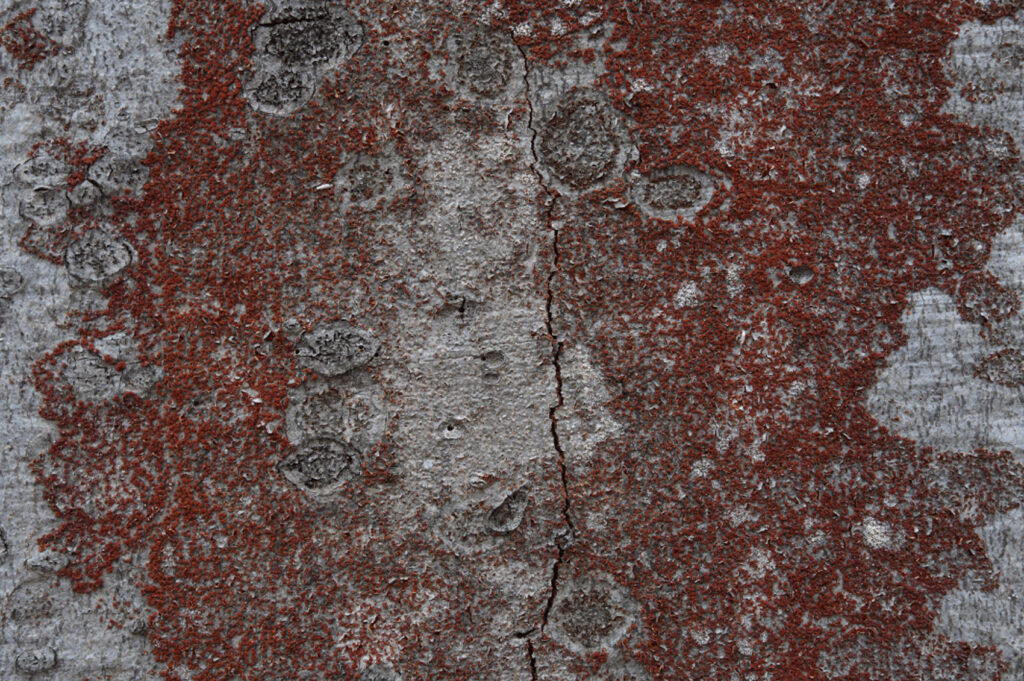
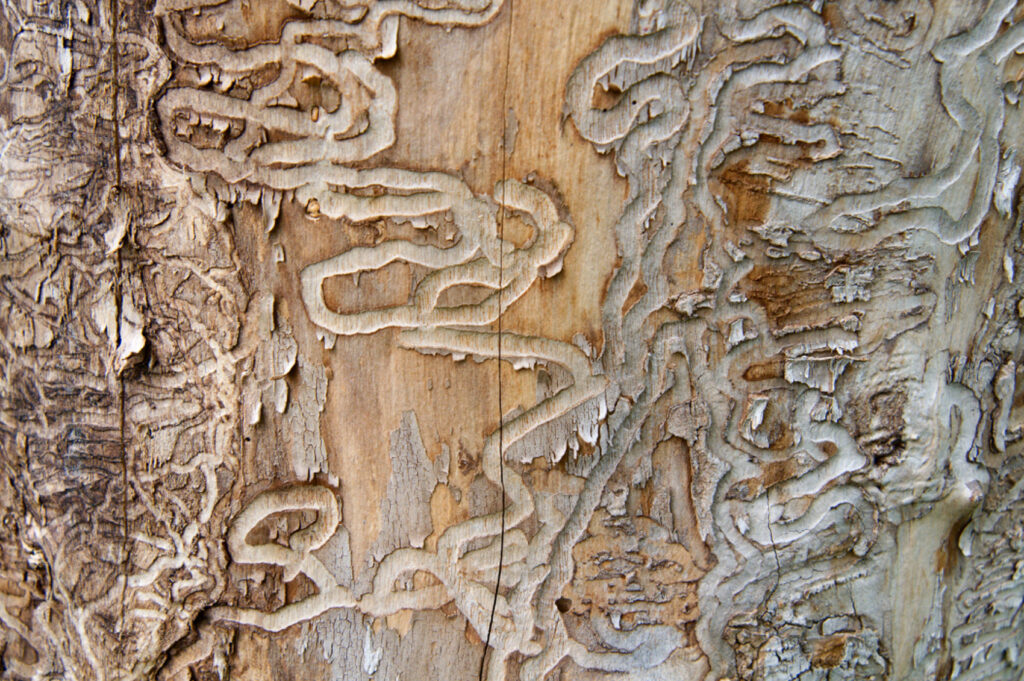
NWAI Wildlife Tracker
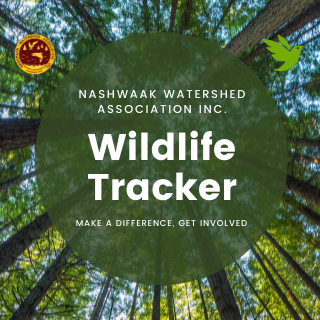
Another iNaturalist project that the NWAI has initiated is the Wildlife Tracker project. This project allows individuals to record their observation of the wildlife species that are present within our watershed. Encompassing all wildlife observations within the Fredericton region, this project currently has over 4000 observations. Observations include anything from large mammals and aquatic species to birds and even the smallest insects!
Currently, the most observed species within our watershed is the monarch butterfly. Other prominent species included the Asian lady beetle, Eastern grey squirrel, mallard, common eastern bumble bee, and black-capped chickadee. While the Tree Resistance Program was created for research purposes, this project was created for individuals who are interested in learning more about our local species. Be sure to check out this project if you’re interested in finding out which species are present within our beautiful watershed.
